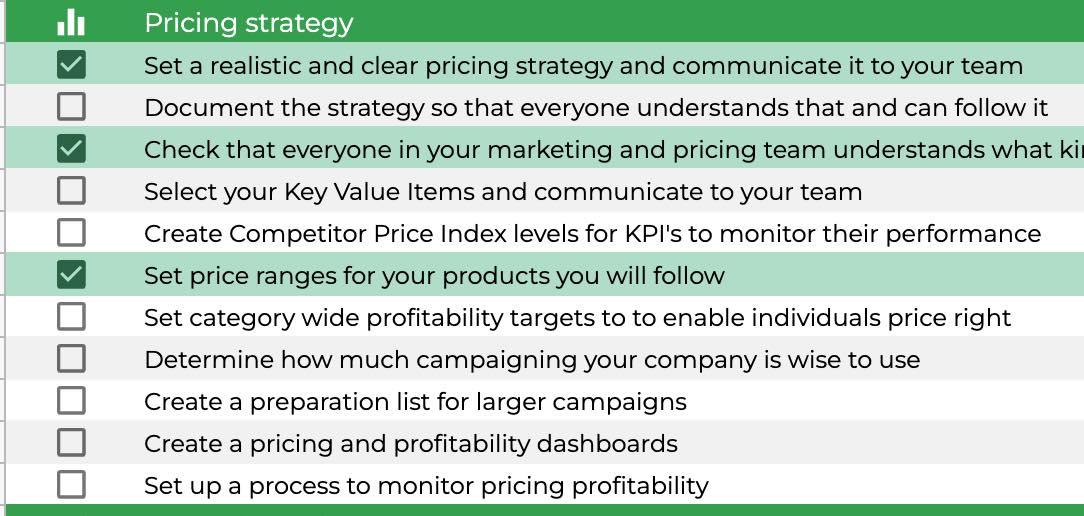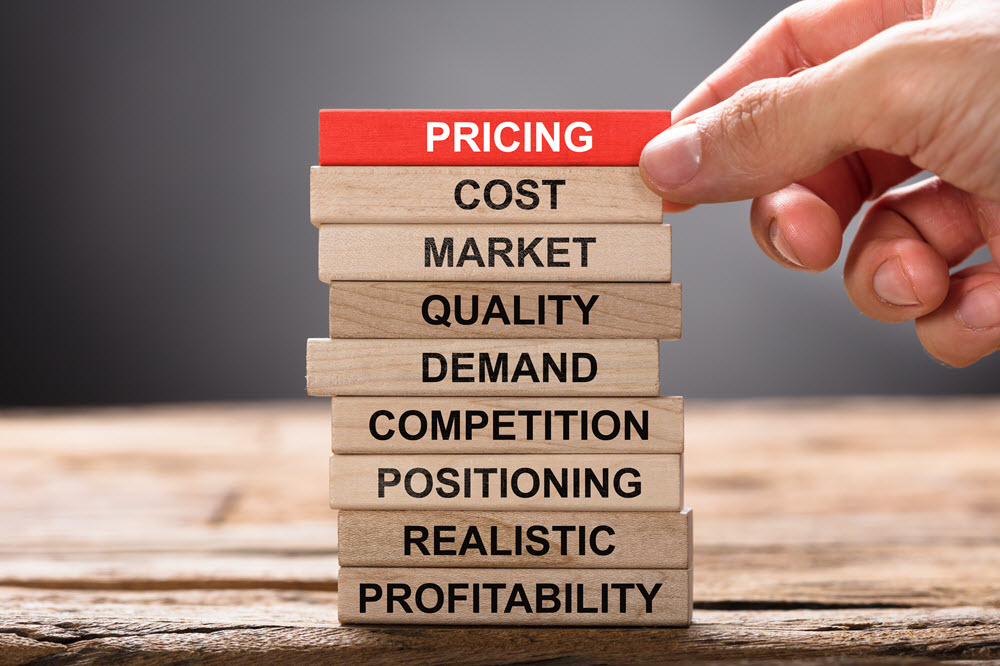Ingenious Pricing Strategy Strategies for Today's Digital Economy
Ingenious Pricing Strategy Strategies for Today's Digital Economy
Blog Article

Master Effective Prices Strategies to Make The Most Of Earnings
In the ever-evolving landscape of business, mastering effective rates approaches is crucial for organizations intending to make the most of earnings. A nuanced understanding of prices psychology can substantially affect customer actions and buying decisions.
Recognizing Prices Psychology
Comprehending rates psychology is crucial for services intending to enhance their rates methods. This field checks out how customers regard costs and just how these perceptions influence their getting decisions. Key principles in rates psychology include the anchoring effect, where the first rate presented offers as a referral factor for customers, and the principle of price sensitivity, which differs amongst various customer sectors.
Furthermore, companies can take advantage of the idea of perceived value, where the viewed benefits of a product and services can justify a greater cost factor. For example, costs rates can create an aura of exclusivity, drawing in customers who connect greater rates with exceptional quality. On the various other hand, emotional rates, such as setting a cost at $9.99 as opposed to $10, can considerably affect customer behavior by making prices show up more appealing.
Furthermore, shortage and necessity can enhance the viewed value of products, triggering quicker getting decisions. Recognizing these emotional triggers makes it possible for organizations to formulate pricing methods that not just drive sales but also foster consumer loyalty. Therefore, mastering prices psychology is essential for effective pricing strategy formula, resulting in improved earnings and market positioning.
Implementing Value-Based Prices

Next off, sector your clients based on their readiness to pay and the value they regard. By doing so, you can tailor offerings and prices methods to align with various sectors.
Continually monitor market conditions and customer comments to fine-tune your rates strategy over time. By applying value-based prices, organizations can enhance profitability while cultivating lasting consumer loyalty.
Checking Out Dynamic Pricing Designs
In today's swiftly transforming market landscape, vibrant rates versions have actually emerged as a powerful strategy for companies looking for to enhance revenue and respond to variations in need. These models allow business to change their prices in real-time based upon different aspects such as client habits, market trends, and supply degrees. By leveraging data analytics and algorithms, companies can determine optimum rates points that take full advantage of sales while staying competitive.
Dynamic prices can take numerous kinds, including time-based prices, where rates fluctuate based on time of day or season, and demand-based rates, which readjusts prices according to current customer need. This adaptability not only improves productivity but additionally enhances consumer satisfaction by supplying rates that mirror real-time market conditions.
Carrying out vibrant rates needs a durable technological framework and a deep understanding of consumer sections. It is critical for services to check market signals and customer reactions constantly, guaranteeing that pricing methods line up with wider service objectives. Additionally, transparent interaction concerning pricing changes can help mitigate customer frustration and foster trust fund, eventually bring about sustained profitability in an affordable market. Accepting vibrant rates can thus be a transformative approach in the mission for maximizing profits.
Analyzing Rival Rates
Keeping an eye on competitor prices is important for services intending to maintain an affordable edge in their respective markets. By analyzing rivals' rates techniques, business can recognize market trends, understand customer choices, and change their rates accordingly. This evaluation entails event data on competitors' costs, advertising approaches, and product offerings to notify rates choices.
To efficiently evaluate competitor prices, businesses must use various tools and strategies, such as cost tracking software, marketing research reports, and consumer feedback. This information can reveal exactly how competitors position their items and solutions, enabling businesses to differentiate their offerings or embrace comparable techniques to continue to be relevant.
In addition, it is important to classify rivals right into indirect and direct competitors. Straight rivals use comparable service or products, while indirect rivals may satisfy the same consumer requirement with different options. Comprehending the subtleties in between these teams will certainly enable organizations to tailor their rates strategies much more successfully.
Inevitably, recurring rival prices evaluation is crucial for making informed prices decisions. It enables businesses to remain active in action to market shifts, guaranteeing they can take possibilities and mitigate dangers connected with prices techniques.
Assessing Rates Performance
Recognizing how competitor prices influences market dynamics results in an all-natural emphasis on evaluating rates efficiency within one's own business. This analysis is essential for recognizing locations of strength and opportunities for enhancement, eventually boosting success.

Furthermore, conducting normal pricing audits can expose inconsistencies in between anticipated and More Bonuses real performance. This includes comparing pricing data across different sections and networks to recognize variances and determine trends. Furthermore, incorporating customer feedback can give insights into viewed worth versus actual prices, making certain alignment with market expectations.
Finally, leveraging information analytics tools can promote deeper insights into prices performance, enabling services to make data-driven changes (Pricing Strategy). By continuously evaluating prices efficiency, companies can adapt to market modifications and maximize their strategies, making certain continual productivity in an affordable landscape
Conclusion
By Go Here leveraging prices psychology, companies can boost viewed worth and tailor prices to varied customer sectors. The fostering of value-based and vibrant rates versions promotes real-time changes based on demand and client willingness to pay.
Recognizing pricing psychology is essential for services intending to enhance their pricing methods. Recognizing these emotional triggers makes it possible for organizations to create pricing techniques that not just drive sales however likewise foster client loyalty. Therefore, grasping rates psychology is important for reliable rates technique formulation, leading to enhanced earnings and market positioning.
By assessing rivals' rates methods, companies can recognize market trends, understand consumer preferences, and adjust their prices accordingly. By leveraging prices psychology, services can enhance regarded value and tailor pricing to varied consumer sections.
Report this page